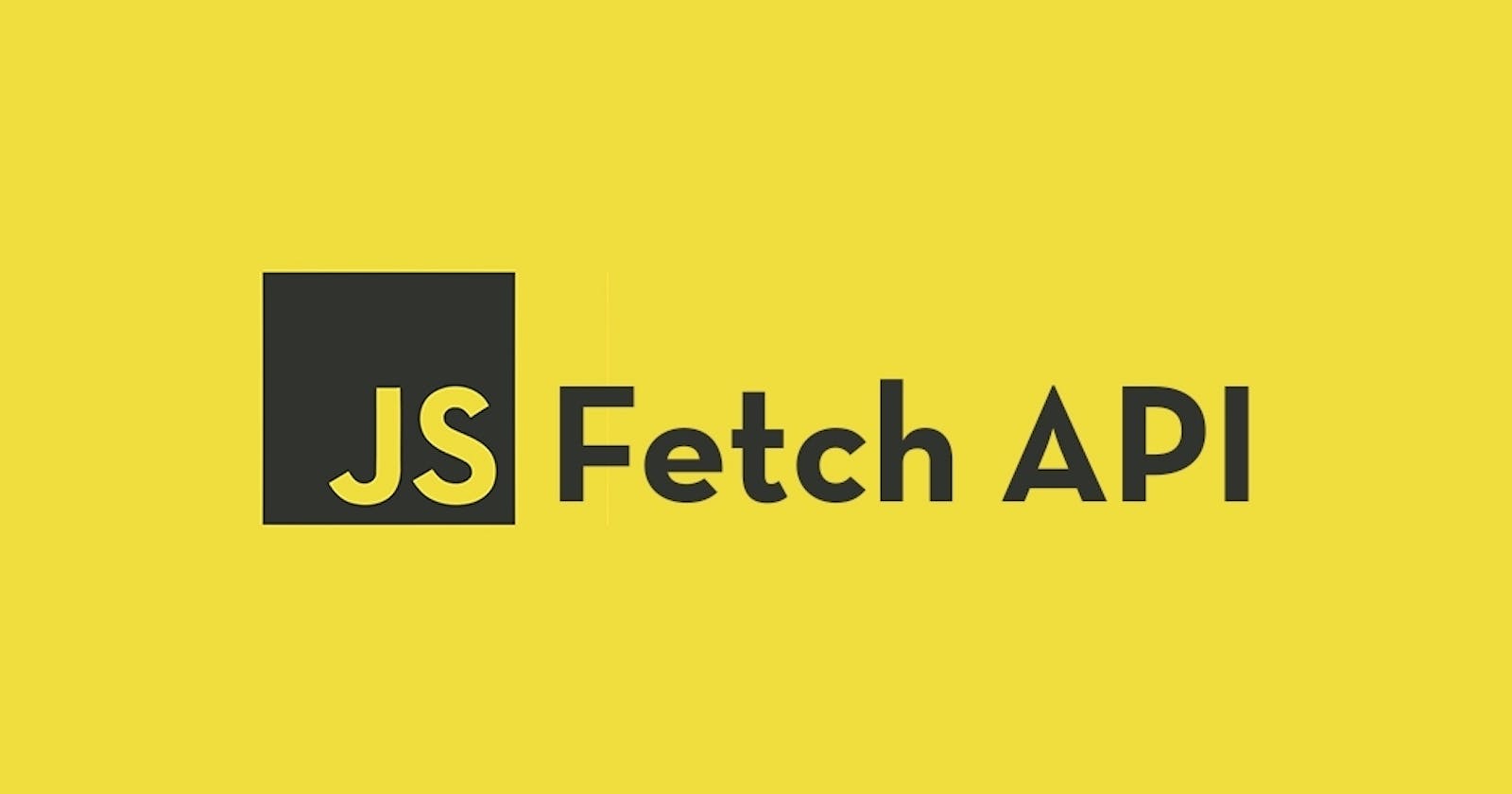INTRODUCTION
APIs (Application Programming Interfaces) are a fundamental part of modern software development. They allow developers to interact with external services and retrieve data that can be used to build dynamic and interactive web applications. One of the most common ways to interact with APIs in JavaScript is through the use of the fetch() method. In this article, we will explore what fetch() is, how to use it, and some best practices for working with APIs.
What is fetch()?
Fetch() is a modern browser API that provides a way to fetch resources asynchronously across the network. It is designed to replace older, more complex techniques like XMLHttpRequest (XHR) for making HTTP requests. Fetch() returns a Promise that resolves to the Response object, which represents the response to the request.
Using fetch()
To make a simple request with fetch(), you simply call it with the URL of the resource you want to retrieve:
fetch('https://api.example.com/data')
.then(response => response.json())
.then(data => console.log(data))
This code sends a GET request to the URL specified and logs the resulting data to the console. The response.json() method is called on the response object to convert the raw response data to JSON format.
Fetch() also allows you to send additional options along with the request, such as headers, request method, and body. Here is an example of sending a POST request with fetch():
fetch('https://api.example.com/data', {
method: 'POST',
headers: {
'Content-Type': 'application/json'
},
body: JSON.stringify({
data: 'example data'
})
})
.then(response => response.json())
.then(data => console.log(data))
This code sends a POST request with a JSON payload to the specified URL. The headers option specifies that the content type of the request is JSON, and the body option contains the payload data.
Error handling
When working with APIs, it is important to handle errors that may occur during the request. Fetch() provides a simple way to handle errors by using the catch() method:
fetch('https://api.example.com/data')
.then(response => {
if (!response.ok) {
throw new Error('Network response was not ok');
}
return response.json();
})
.then(data => console.log(data))
.catch(error => console.error('Error:', error));
In this code, if the response from the server is not ok (i.e., the status code is not in the 200-299 range), an error is thrown and caught by the catch() method.
Best practices
Here are some best practices for working with APIs using fetch():
Always use HTTPS to ensure secure communication between your application and the API.
Use a library like Axios or Superagent if you need more advanced functionality like request cancellation or automatic retries.
Use a library like Joi or Yup for validating API responses to ensure that you are handling data correctly.
Use a try/catch block to handle errors that occur during API requests.
Use caching to reduce the number of API requests made by your application.
Throttle requests to avoid overloading the API server.
Use pagination to limit the amount of data retrieved from the API and improve performance.
Conclusion
Fetch() is a powerful tool for interacting with APIs in modern JavaScript applications. It provides a simple and easy-to-use interface for making HTTP requests and handling responses. By following best practices like using HTTPS, validating responses, and handling errors, you can build robust and reliable applications that integrate seamlessly with external services.
